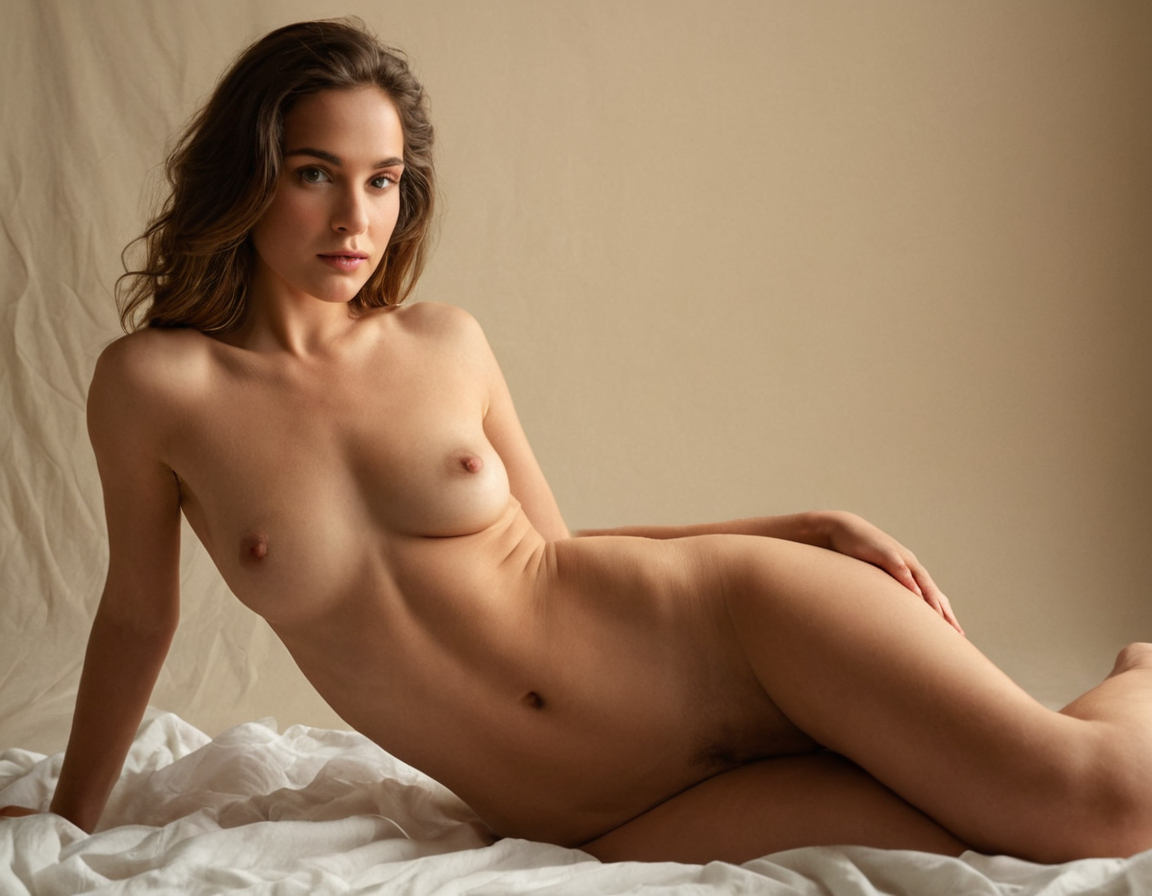Soft Light Nude Shots Guide

Exploring the Boundaries of Reality: A Technical Guide to Shooting Nudes in Soft Light
Introduction:
Shooting nudes in soft light can be a challenging and delicate task, requiring careful consideration of several factors. This guide aims to provide a comprehensive overview of the technical aspects involved, helping photographers to produce high-quality images that respect their subjects.
Soft Light Sources
Soft light sources are essential for creating a flattering and natural look. These include:
- Natural light: Utilize soft, indirect natural light by shooting near windows or outside during the golden hour.
- Sidelight: Use a sidelight to create depth and dimension in your images, but be cautious not to create harsh shadows.
- Diffused light: Employ diffusers or softboxes to soften harsh light sources and create a more even illumination.
Lighting Modifiers
Lighting modifiers can greatly impact the overall aesthetic of your image. These include:
- Softboxes: Use softboxes to soften harsh light sources and create a more even illumination.
- Diffusers: Employ diffusers to reduce the intensity of light sources and prevent unwanted shadows.
- Reflectors: Utilize reflectors to bounce light onto specific areas of the subject’s body, creating depth and dimension.
Camera Settings
Camera settings play a crucial role in capturing high-quality images. These include:
- Aperture: Use a low f-stop value (e.g., f/2.8) to create a shallow depth of field, separating the subject from the background.
- Shutter Speed: Employ a slow shutter speed (e.g., 1/125s) to create motion blur and convey a sense of movement.
- ISO: Keep your ISO low (e.g., ISO 100) to minimize noise and ensure the best possible image quality.
Composition
Composition is key to creating visually appealing images. Consider the following:
- Rule of thirds: Divide your frame into thirds both horizontally and vertically, placing your subject along these lines.
- Leading lines: Use leading lines to guide the viewer’s eye towards your subject.
- Framing: Employ framing techniques to create depth and dimension in your image.
Practical Examples
Let’s consider a practical example of how to apply these principles:
- Shooting near a window with natural light, using a softbox to soften the harsh light source.
- Utilizing a sidelight to create depth and dimension in the image, but being cautious not to create harsh shadows.
- Employing a reflector to bounce light onto specific areas of the subject’s body, creating a more even illumination.
Conclusion
Shooting nudes in soft light requires careful consideration of several factors, including lighting modifiers, camera settings, and composition. By following this guide and practicing these techniques, photographers can produce high-quality images that respect their subjects and push the boundaries of reality.
Call to Action:
Experiment with different soft light sources and camera settings to see what works best for you. Remember to always prioritize your subject’s comfort and consent.
About Valeria Pereira
Valeria Pereira | Curator & Editor at voyeurpicture.com, where the lines between intimacy and art blur. With a background in fine arts and photography, I help bring provocative stories to life, fostering a space for anonymous confessions and seductive narratives that spark desire.
